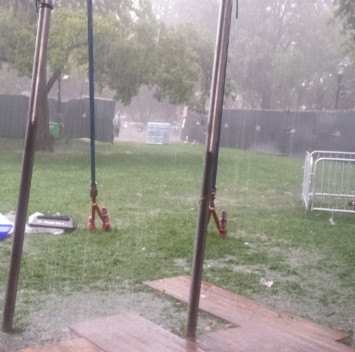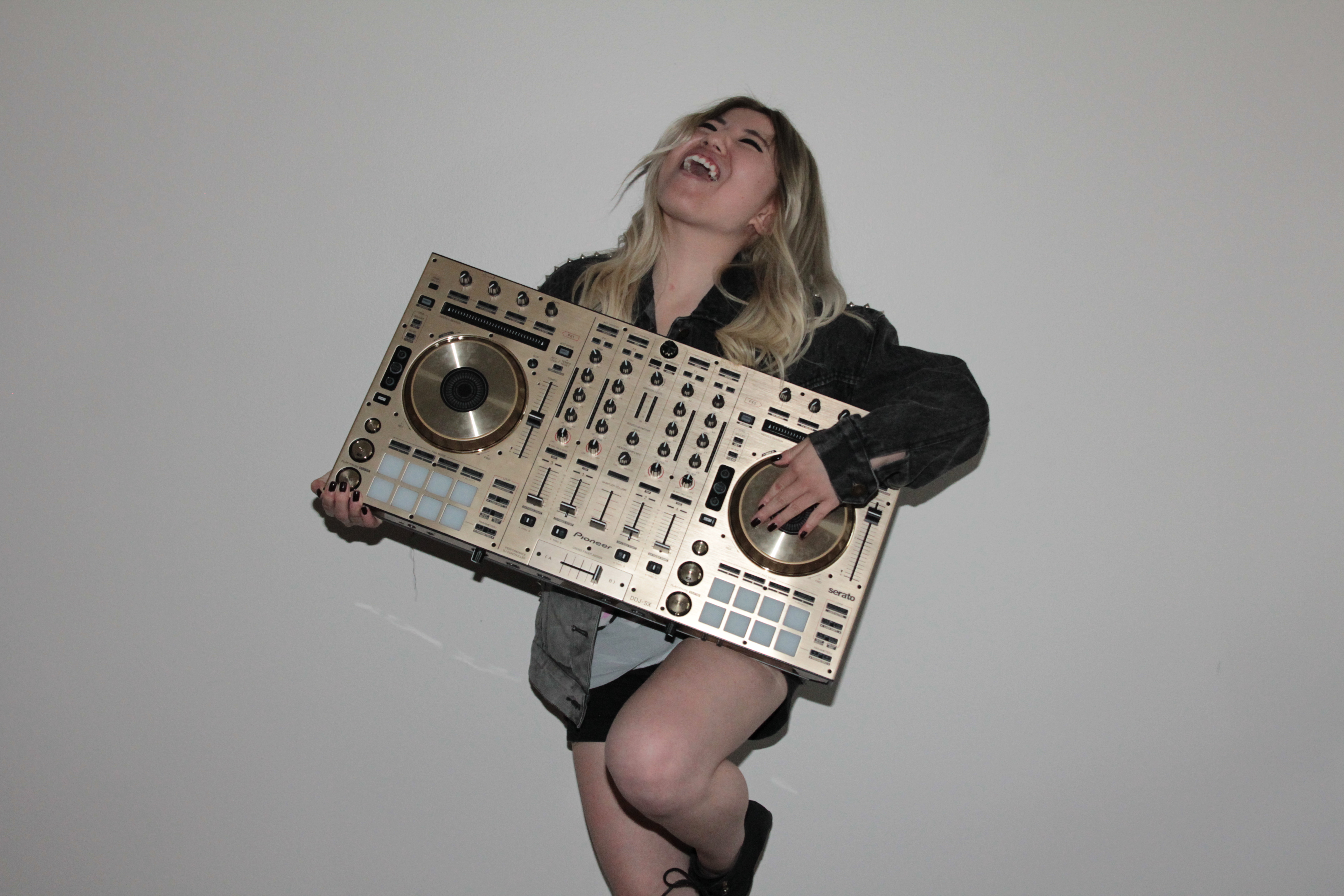Audio engineers and audio techs in the world of broadcast are very different in terminology and context compared to live concert sound, even though they perform similar tasks. Below you will find common television vernacular along with descriptions per position (some may vary).
Broadcast Engineer (EIC):
A Broadcast Audio Engineer and Broadcast Engineer, commonly referred to as one and the same, are VERY different. A Broadcast Audio Engineer (A1) mixes the live audio portion of the broadcast to air. A Broadcast Engineer is broader technically and does a little bit of everything. They wire, maintain, and occasionally design hardware (and sometimes software) of a television environment, which may include video, audio, satellite, fiber and transmission. (For more details see www.sbe.org). In the remote broadcast world, we call these super smart people, EICs (Engineers in Charge). EICs have a great deal of technical knowledge about everything related to television. Not all EICs are Broadcast Engineers or vice versa as titles can be different in terminology and job descriptions depending on location (such as set studios, remotes, satellite uplink engineering or in particular unions). Broadcast engineers or EICs perform high ranking, some times high stress and demanding tasks.
Broadcast Audio Engineer, the A1:
The A1 is in charge of a broadcast show’s final mix-to-air and is usually located in the production truck on remotes or an isolated audio booth in a studio setting. The A1 is in charge of the entire audio crew, creates and advances the paperwork (mult sheets), creates signal flow to all cameras, producers and production, patches the truck (or studio), patches/dials in communications (Comms) and, of course, mixes the show live.
Sub-Mix Position:
Sub-Mixer is a mixing engineer who’s sole job is to mix a portion of the show, usually effects (EFX) or in case of a music show, the band. The sub-mix gets the best mix of those elements and typically sends a stereo pair (or sometimes stems) to the A1. The A1 then mixes that stereo pair (or stems) into their show. This takes pressure off the A1 while freeing up valuable real estate on the A1’s mixing console. More often than not, a sub-mix position is needed simply because there are too many elements already being mixed by the A1. Typical shows where one might find a sub-mix position would be NFL (field effects), NASCAR (track effects, pits and in-car radios) or late night shows with live bands such as the Tonight Show or Late Night with David Letterman. On the latter shows, the sub-mix position is called the “Broadcast Music Mixer” and at times the broadcast music mixer has as much pressure as the A1.
A2:
The audio A2 has completely different skill sets from an A1 although the A2 may have a background from a previous mixing world. And though one may think the A2 to A1 progression is a seamless one, the positions couldn’t be more different in functionality. If the A1 wires everything inside the truck or control room and mixes the show, the A2 wires everything OUTSIDE the truck, such as the broadcast booth, the field, the basketball court, etc. The A2 does not mix or have a console (unless they are in a sub-mix position). They are responsible for wiring the broadcast booth, announce mics and headsets, comms, IFBs, and EFX mics leading to the truck, as well as running all the audio cable, etc. Even though there may be a bit more “freedom” during a show once the audio is set (the A2 being able to move around the venue, versus the A1 being inside a production truck), the A2 position is more labor intensive. The A2 must have extensive knowledge of booth and field gear. A short list of gear A2s must know includes announce boxes such as Daltech, Studio Technology, AB100s or others, comms (usually RTS, Reidel and Clear Comm) and belt-packs and IFBs, as well as the above-mentioned announce and EFX specific microphones.
Comms and Comms Tech:
Comms is short for “communications”. Comms is also intermingled with the term “PL”, which is short for “party line” (meaning two or more people communicating). More often than not, you will hear “how many PL drops do we have on this show?”, which translates to how many locations/people do we need on communication headsets. Typically,each headset comes with either a PL box or belt-pack that allows two-way communication between various levels of production. The “cross points”, or the levels of “who can talk to who” (or who is isolated only to their dept), can be simple or extremely complex. A very large show, for example, may have 75+ PL drops, all needing to communicate to only a portion of production or in some cases, to ALL of production (like Producers or Directors). A Comms Tech’s job includes setting up, trouble-shooting, patching cross-points and making certain all personnel on Comms can communicate to the right person/location at all times.
RF Tech:
RF stands for Radio Frequency, and tech of course means technology. In this context, RF refers to wireless mics, wireless in-ear monitors (IEMs), wireless IFBs (Interruptible Fold Back – which are “interruptible” in-ear monitors for the broadcast talent), wireless communications(comms) and anything else related to the show and production that is wireless (musical instruments, for example). An RF Tech’s job, which is sometimes misunderstood and often lumped into the lap of the A2, is NOT the same as an audio A2 who handles RF (an A2 who “fires up” a wireless mic, for example). An RF Tech scans the frequencies, understands the spectrum in and around the venue – including potential problem frequencies – dials in frequencies on the transmitters and receivers, sets up all the antenna systems as well as builds and troubleshoots the entire RF system. That system may include some or all the above – wireless mics, IEMs, communications and IFBs, musical instruments, etc. The RF Tech’s sole responsibility is to make sure the entire RF system is working.
Copyright: Jeri Palumbo 2014


